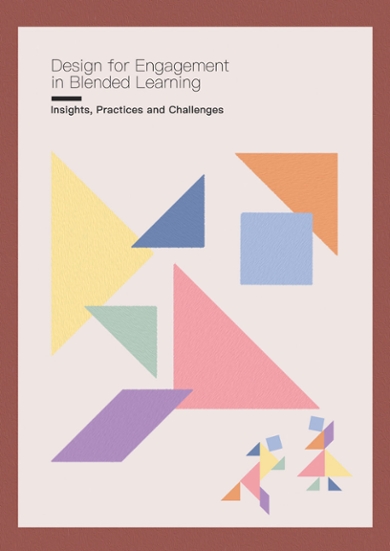Student engagement in blended learning
Dissertation Linyuan Wang
How can universities engage students in blended learning environments? Linyuan Wang’s (PhD at ICLON) dissertation offers vital insights. Blended learning combines traditional classroom instruction with digital tools and online activities.

Wang conducted her research against the backdrop of the Netherlands' push for greater digitalization in higher education. She examined student engagement at the activity level, and recognized that different learning activities can produce varying levels of student engagement.
Taking into account multiple factors
How do you promote student engagement in blended learning? Educators should take a holistic approach that addresses malleable factors. While educators need to focus on adjusting factors that can be easily influenced, such as teaching methods, activity design, and technological tools, they also need to recognize the role of non-malleable and less malleable factors that may impact engagement, such as students' gender, prior knowledge, and cultural backgrounds.
Students' autonomy
The study's findings challenge educators to rethink how they design and deliver blended courses. Supporting students' autonomy is crucial. This approach helps students navigate the increased independence required in blended learning formats. Wang discovered that student engagement can be improved when teachers provide targeted guidance and support students’ self-regulation skills.
Practical solutions for course design
The research offers recommendations for educators and course designers looking to create more engaging learning environments:
- Eliminate redundancy between online and in-person activities.
- Incorporate multimodal content that appeals to different learning styles.
- Increase interactivity and feedback throughout the learning process.
- Align assessment formats directly with learning objectives.
Future research directions
The research provides a foundation for future investigations into underexplored areas such as:
- Social and agentic engagement.
- Association between Academic reading strategies and student engagement.
- Pre-class preparatory activities design.
